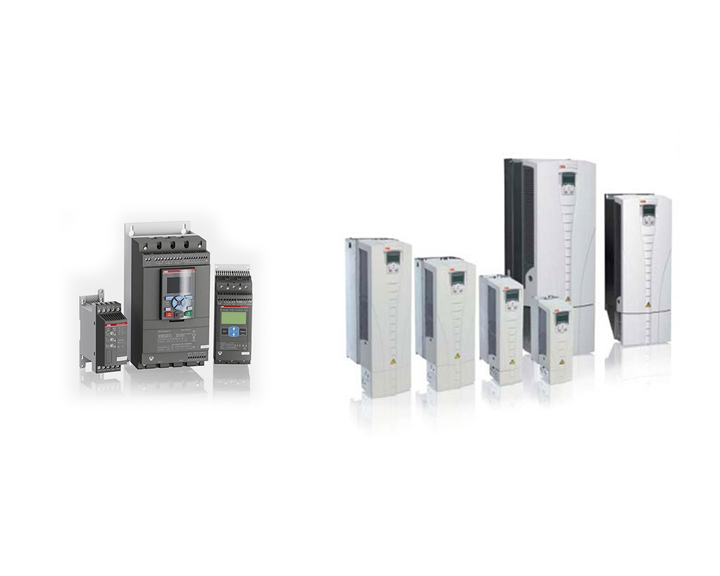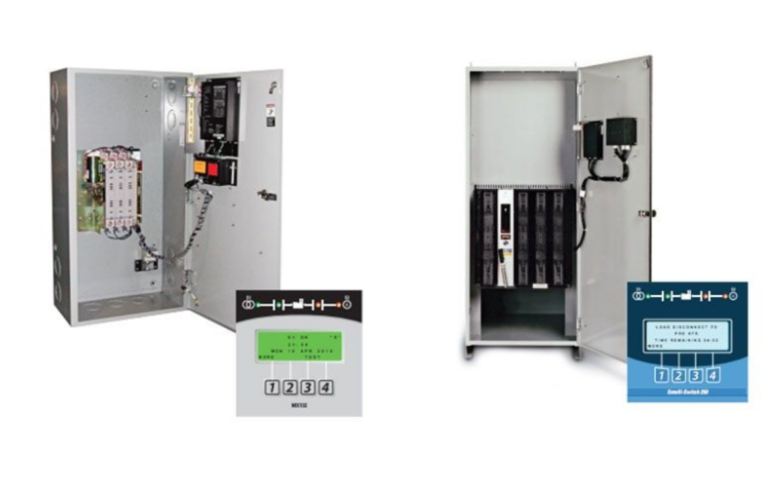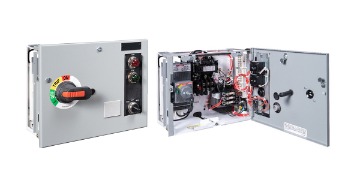Soft Starters vs. Drives: Optimizing Motor Initiation in Commercial and Industrial Applications
In the realm of commercial and industrial applications, the reliable and efficient operation of electric motors is paramount. These motors power an array of machinery, from pumps and fans to conveyors and compressors, forming the backbone of countless processes. Ensuring the smooth initiation of these motors is not only essential for the longevity of the equipment but also for maintaining energy efficiency and reducing wear and tear on components. Two popular methods for achieving optimal motor initiation are soft starters and drives, each offering distinct advantages tailored to specific application requirements.
Soft Starters: Taming the Inrush Current
Soft starters are devices designed to mitigate the inrush current that occurs when an electric motor is abruptly energized. When a motor starts, it draws a surge of current that can be several times higher than its rated current. This initial surge can strain electrical systems, cause voltage drops, and result in mechanical stress on the motor itself. A soft starter gradually ramps up the voltage supplied to the motor, allowing it to start smoothly over a predetermined time.
The main advantages of using soft starters include:
Reduced Mechanical Stress: By gently accelerating the motor, soft starters minimize mechanical shock and stress on belts, gears, and other connected components, extending the lifespan of the entire system.
Energy Efficiency: The controlled start-up reduces the demand for energy during motor initiation, leading to lower energy costs and a decreased impact on the electrical grid.
Enhanced System Stability: Soft starters prevent sudden voltage drops and fluctuations that can affect other equipment connected to the same power source, ensuring a stable and reliable industrial environment.
Drives (Variable Frequency Drives or VFDs): Precise Speed Control
Variable Frequency Drives (VFDs), also known as variable speed drives or adjustable speed drives, take motor control a step further by enabling continuous speed variation during operation. Unlike soft starters, which only influence the start-up phase, VFDs allow for dynamic speed adjustments throughout the motor's runtime. VFDs work by altering the frequency and voltage supplied to the motor, resulting in precise control over its rotational speed.
The advantages of using VFDs include:
Energy Savings: VFDs enable motors to operate at the optimal speed for the required load, reducing energy consumption significantly. Motors running at lower speeds consume less power, leading to cost savings and environmental benefits.
Process Optimization: In applications where precise speed control is crucial, such as conveyor systems or pumps, VFDs offer the flexibility to adapt to varying loads and conditions, ensuring efficient operation and reduced wear.
Soft Starting and Stopping: VFDs inherently provide soft start and stop functions as a part of their speed control capabilities, further reducing stress on the motor and connected equipment.
Regenerative Braking: Some VFDs can capture and convert excess kinetic energy back into usable electricity during deceleration, enhancing overall energy efficiency.
Which is Better? That Depends on Your Requirements
Both soft starters and VFDs offer valuable solutions for initiating electric motors in commercial and industrial applications, but their focus differs. Soft starters excel at providing a smooth start and minimizing inrush current, enhancing the mechanical and electrical integrity of the system. On the other hand, VFDs provide not only soft starting but also the ongoing benefit of precise speed control, enabling energy savings and process optimization.
The choice between a soft starter and a VFD depends on the specific needs of the application. For situations where initial inrush current is the primary concern, a soft starter might be the ideal choice. Conversely, when energy efficiency, speed control, and process optimization are paramount, a VFD becomes the preferred option.
Ultimately, understanding the unique requirements of the equipment and the industrial process will guide engineers and operators in making the most suitable choice between these two technologies, ensuring optimal motor performance and long-term reliability. The good news is that no matter which option you need, Bay Power can help you narrow down the choices and get you the best drive or soft starter for your project.




